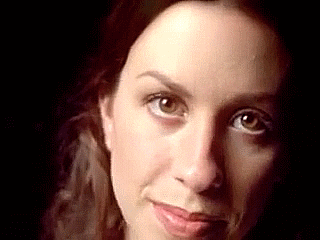There are many different ways I could go about relearning how to listen to music that resonates with me, and I’ve been thinking that perhaps it’s to do it like I did before: one song, one resonance at a time.
My old-school style of finding writing inspiration in music used to be like this. A song that attracted my attention would then make me think okay, how can this song inspire a scene in the novel I’m writing? I haven’t done that in decades actually, but that’s how it used to work. It evolved in the 90s to ‘Belfry Soundtracks’ — the albums that would get heavy rotation during my writing sessions. They weren’t so much inspiration as they were setting moods, or simply pleasant to hear while working.
Life encroaches sometimes. I lack the time or the patience to pay attention. Or maybe the style or the genre evolves in a direction that doesn’t sing to me for a time. There are many reasons for that disconnect, and other reasons for trying to catch up afterwards.
Relearning sometimes requires unlearning. Stop focusing on the bulk of the chronology and the discography, and focus on the immediate that’s coming across. Discover something that passed me by, or be the first one in, it doesn’t matter, as long as we listen to the single song at that moment, and relate or react with the resonance. Pass it by if there’s nothing to feel, or hold onto it for a later time.
Just allow it to resonate, and that’s the most important and the most true emotional response.




